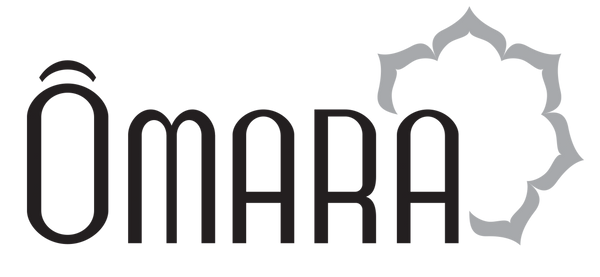Je prends déjà par période de la shilajit le matin, 0,5 g par jour et les effets sur l'énergie sont très bons. Donc j'ai essayé le combiné Shilajit / Ashwaganda pour la nuit et cela se passe très bien. Actuellement je dors sur un matelas avec mise a terre et je mets souvent un scotch sur la bouche et mes nuits se sont beaucoup améliorée depuis 2 ou 3 ans, j'ai une montre qui me donne les données de mes nuits et cela s'est confirmé. Mais la j'ai pris les gélules sur 4 nuits et les résultats ont été encore meilleurs donc je suis très satisfait de ces gélules, Merci !
Ce Shilajiit paraît me redonner l'énergie manquante ...Je le prends en très petite quantité , la moitié de la première mesure de la petite cuillère qui accompagne le pot seulement et cela me semble suffisant . J'ai essayé de le prendre un soir, ce fut une expérience néfaste , je n'ai pas pu fermer l'oeil de la nuit ...Je le garde donc précieusement pour une journée sereine et bonne en énergie . DB
Il me semble que j'aiplis de dynamisme depuis quelques jours.
À suivre d'ici deux semaines.
Excellnt produit. Prix correct Livraison rapide.
